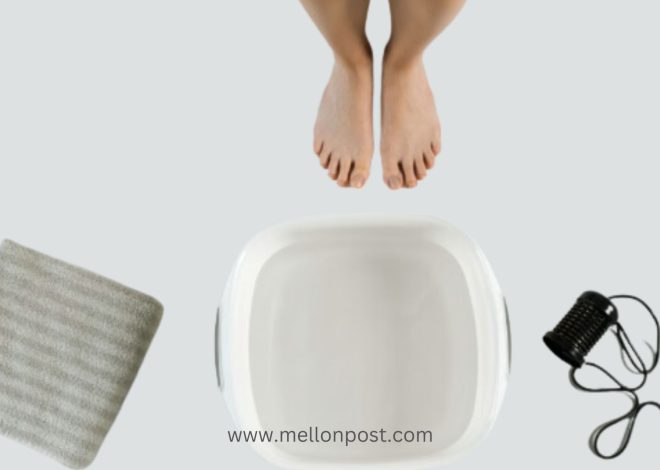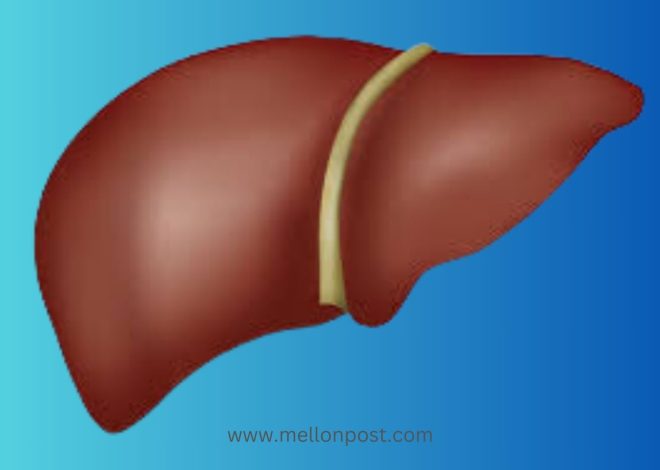
Treatment with Pleasure: The Power of Cinema Therapy
Movies have always been a source of entertainment and escape from reality. We watch them laugh, and cry, to feel connected to characters and stories that move us.
But what if I told you that movies could also be used as a form of therapy? What if I told you that watching films could help heal mental health issues such as anxiety and depression?
In recent years, the concept of “cinema therapy” has gained popularity among mental health professionals as a viable form of treatment.
Also known as “reel therapy,” this approach involves using movies as a way to address emotional and psychological issues. It’s based on the idea that movies can be a powerful tool for introspection and self-reflection, allowing us to connect with our emotions and explore our deepest fears and desires.
The idea of using movies as therapy is not a new one. In fact, the first known use of movies as therapy dates back to the 1920s, when soldiers returning from World War I were treated with “moving picture therapy” to help them cope with trauma.
Since then, the field has evolved to include a wide range of applications, from group therapy sessions to one-on-one sessions with a therapist.
How does Cinema Therapy work?
So how exactly does cinema therapy work? There are a few different approaches, but they all involve watching a movie with a specific goal in mind. For example, a therapist might recommend a movie that addresses a particular issue, such as grief or addiction.
After watching the movie, the therapist and patient can discuss the themes and emotions that came up during the viewing, and explore how they relate to the patient’s personal experiences.

Advantages of Cinema Therapy
One of the most effective aspects of cinema therapy is its ability to create a sense of empathy and connection.
When we watch a movie, we become invested in the characters and their struggles. We root for them, we cry with them, and we celebrate their victories.
This emotional connection can help us to see our own problems in a new light, and to feel less alone in our struggles.
Another benefit of cinema therapy is its accessibility. Unlike traditional therapy, which can be expensive and time-consuming, watching a movie is something that most of us can do easily and affordably.
It’s also a great option for those who may be hesitant to try traditional therapy, or who feel more comfortable expressing themselves through art and media.
Of course, cinema therapy is not a panacea for all mental health issues. It’s important to remember that while movies can be a valuable tool for self-reflection and exploration, they should never replace professional medical advice or treatment.
However, for those looking for a new approach to therapy or self-care, cinema therapy may be worth exploring.
So next time you’re looking for a way to unwind or escape from reality, consider watching a movie with intention.
Choose a film that speaks to your personal struggles, and see what insights and emotions come up for you. Who knows – you might just discover a new path to healing and self-discovery.
cheers.
Continue reading: 7 Hacks to attain a Longer Life


